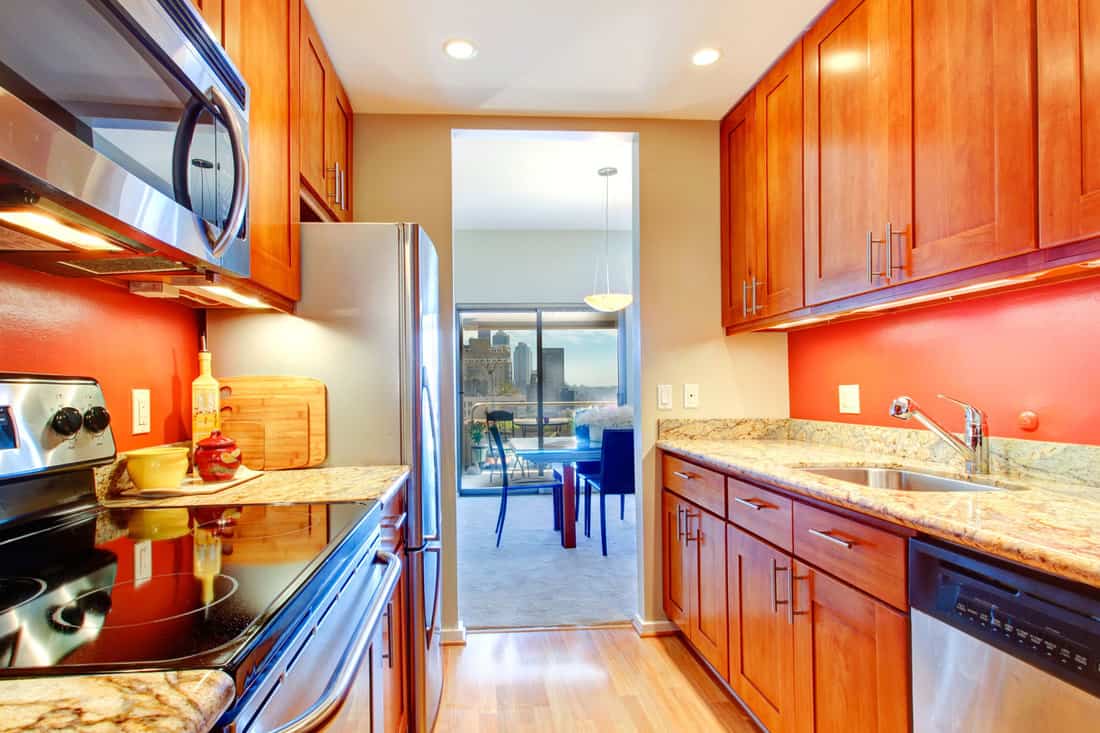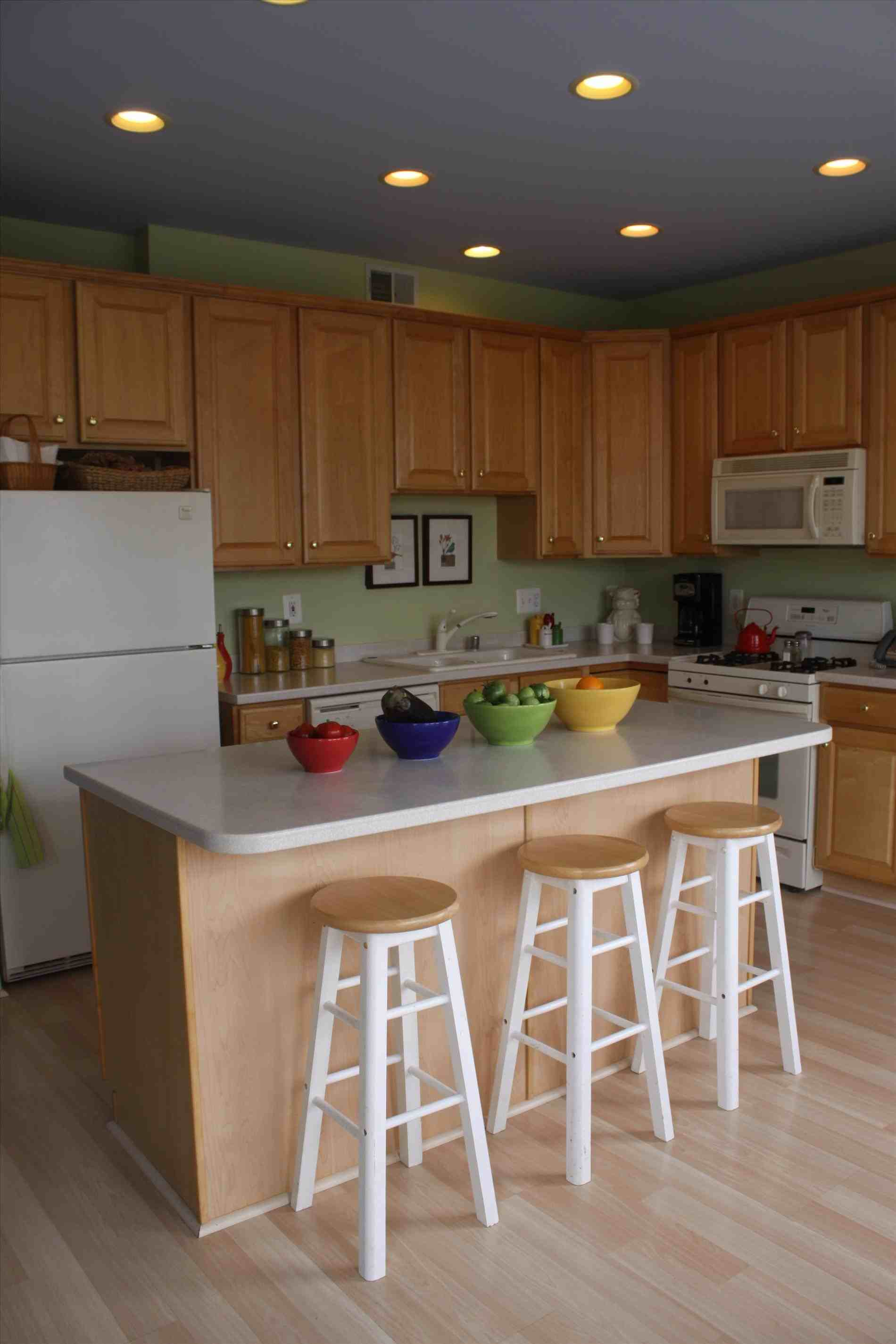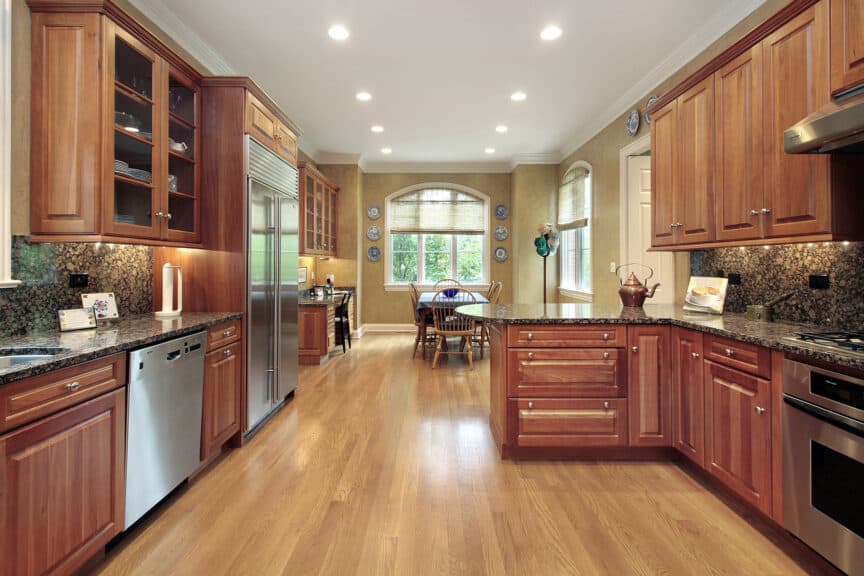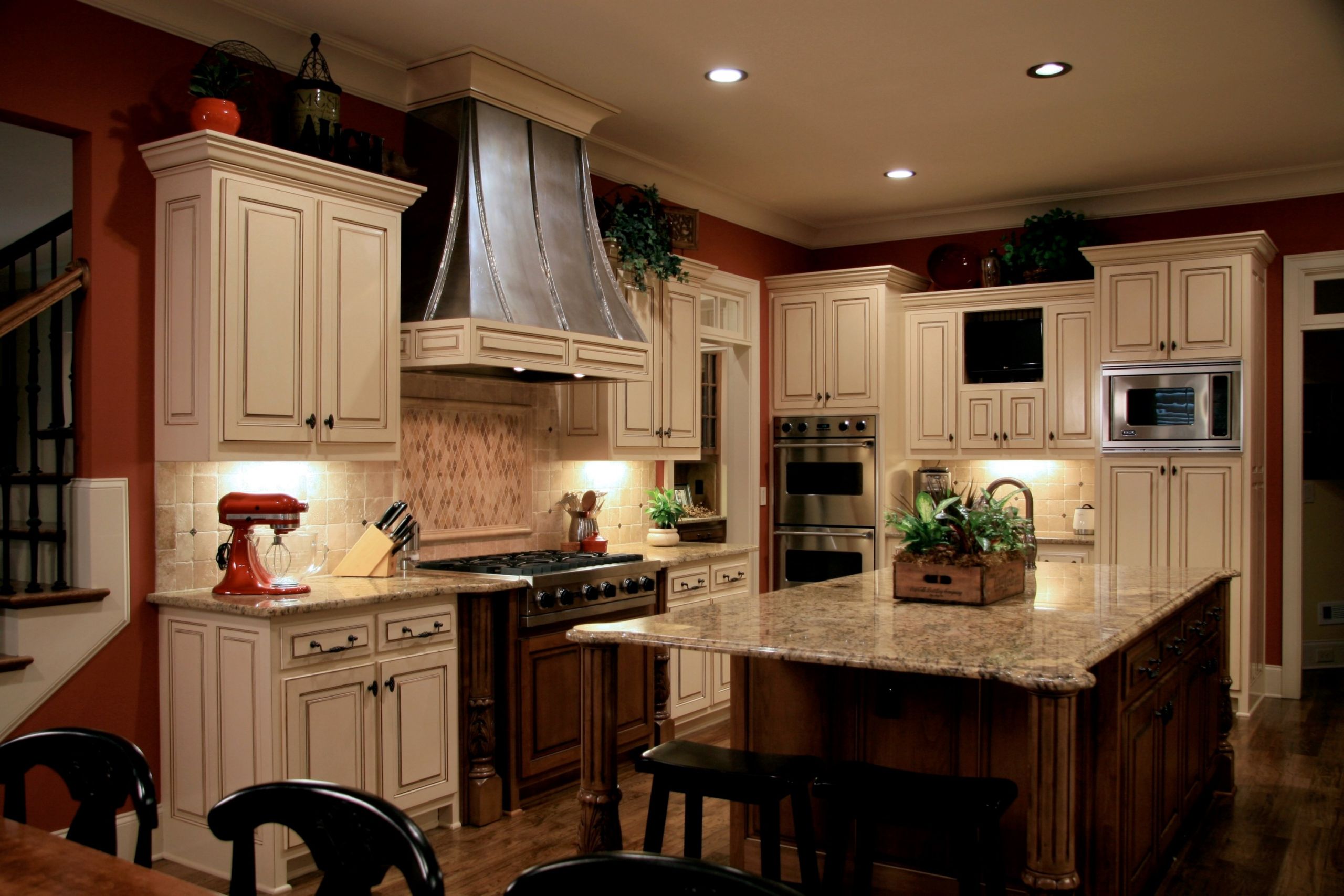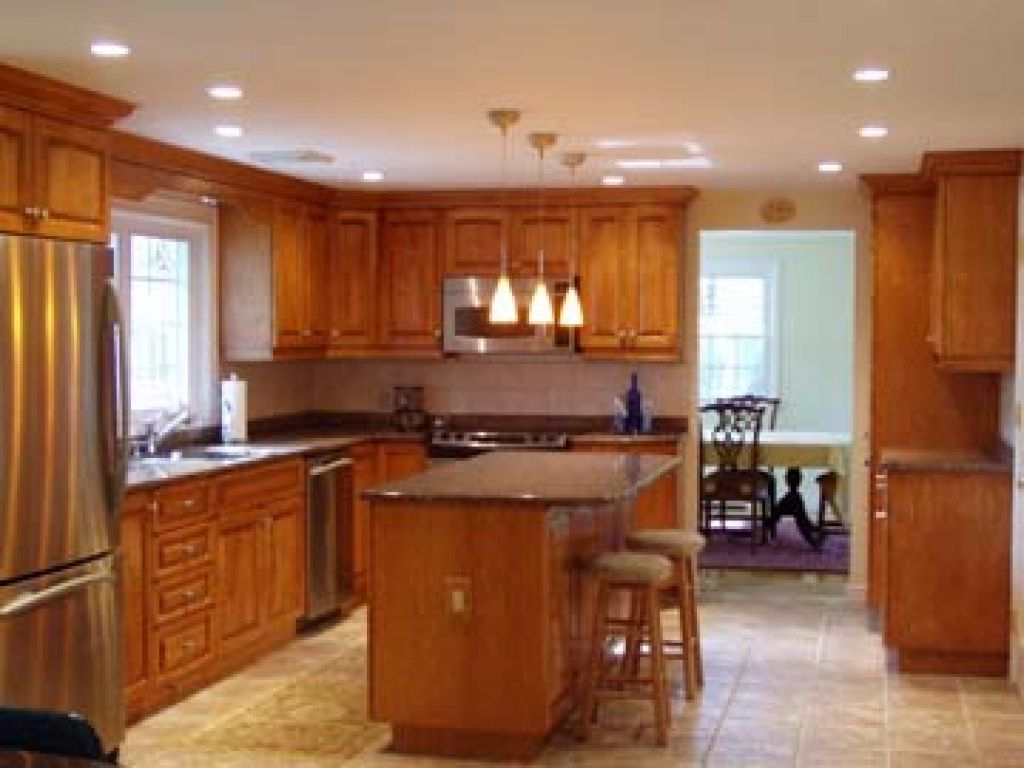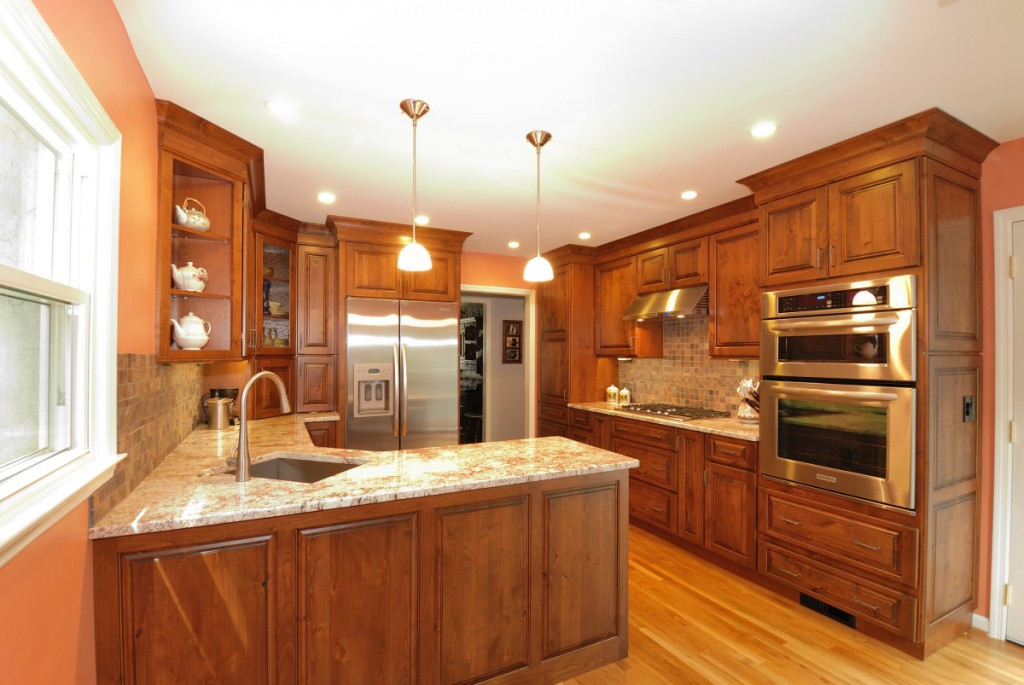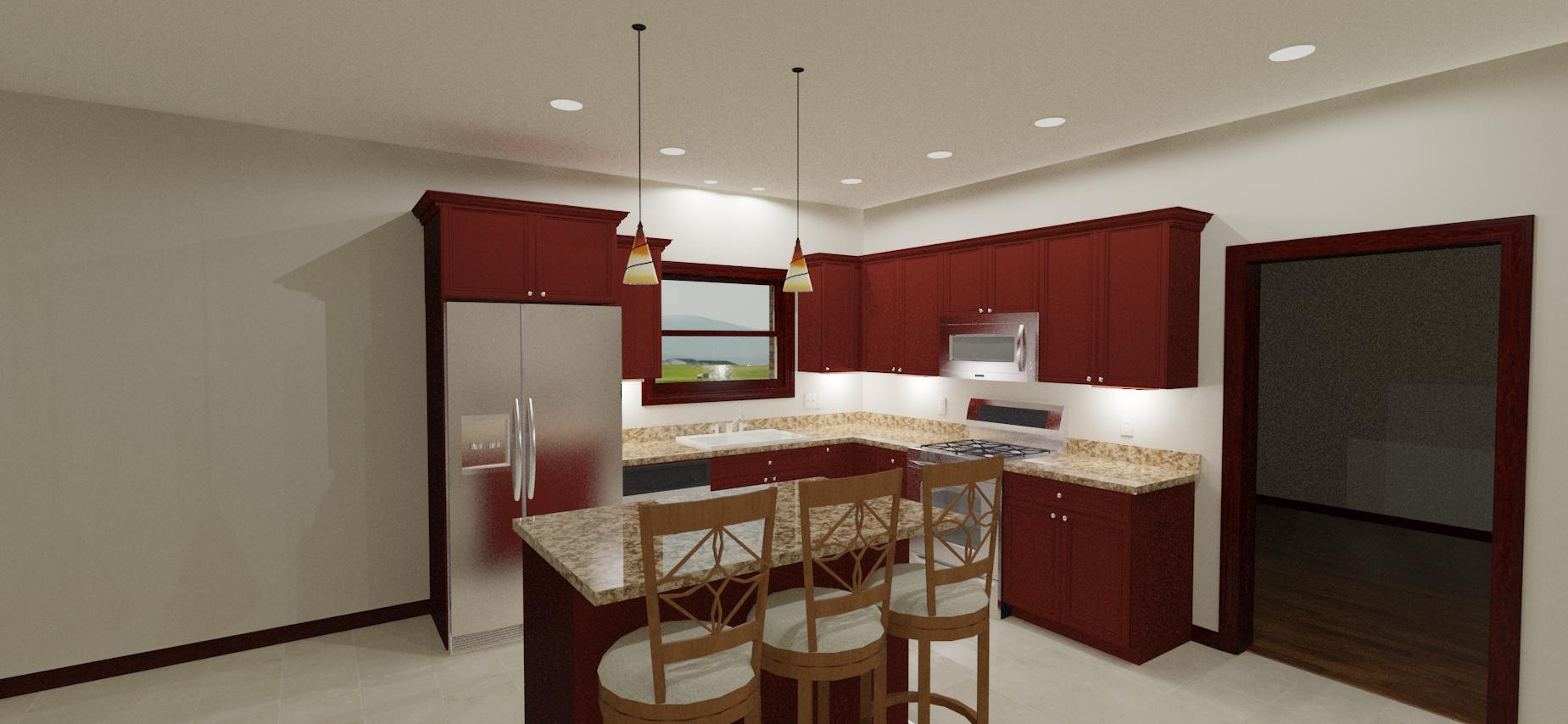Recessed Lighting Placement for Kitchen Counters
Recessed lighting has become a popular choice for kitchen lighting, and for good reason. Not only does it provide a clean and modern look, but it also offers functional and practical lighting for daily tasks. When it comes to placing recessed lighting above kitchen counters, there are a few things to keep in mind for optimal lighting and design.
How to Place Recessed Lighting Above Kitchen Counters
The first step in placing recessed lighting above kitchen counters is to consider the size and layout of your kitchen. While there is no one-size-fits-all solution, there are some general guidelines to follow.
1. Determine the number of lights needed: As a general rule, one recessed light should be placed every 4-6 feet of counter space. This will provide even lighting and avoid any dark spots.
2. Consider the size of your kitchen: For smaller kitchens, you may only need a few recessed lights, while larger kitchens may require more. Be sure to measure your counter space and plan accordingly.
3. Think about the placement: It's important to place the lights so they are not directly above the counter, which can create shadows. Instead, place them slightly in front of the counter, facing downward.
4. Don't forget about other lighting sources: Recessed lighting should not be the only source of light in your kitchen. Be sure to incorporate other types of lighting, such as pendant lights or under cabinet lighting, for a well-rounded and functional kitchen.
Best Practices for Recessed Lighting Placement in Kitchen Counters
Now that you have a general idea of how many lights you will need and where to place them, it's important to follow some best practices for optimal lighting and design.
1. Choose the right size and spacing: The size and spacing of your recessed lights will depend on the size of your kitchen and the height of your ceiling. As a general rule, a 4-inch diameter light should be placed every 4 feet, a 5-6-inch light every 5 feet, and a 6-inch light every 6 feet.
2. Consider the height of your ceiling: If you have a higher ceiling, you may want to consider larger lights or adding a trim to increase the light spread.
3. Avoid placing lights too close together: While you want to ensure even lighting, placing lights too close together can create a harsh and overwhelming effect. Be sure to space them out evenly for a balanced look.
4. Use dimmers: Dimmers are a great way to control the amount of light in your kitchen and create a cozy and inviting atmosphere. They also help save on energy costs.
Proper Placement of Recessed Lighting for Kitchen Counters
When it comes to proper placement of recessed lighting for kitchen counters, there are a few key points to keep in mind.
1. Avoid placing lights too close to the wall: This can create shadows and uneven lighting. Instead, place the lights at least 12 inches away from the wall for a more balanced look.
2. Consider task lighting: Task lighting is essential for cooking and food preparation. Be sure to place recessed lights strategically above your stove, sink, and other work areas for optimal visibility.
3. Don't forget about ambient lighting: Ambient lighting provides overall illumination and helps create a warm and inviting atmosphere. Consider placing recessed lights in areas such as above the dining table or kitchen island.
Maximizing Light with Recessed Lighting Placement in Kitchen Counters
To maximize light with recessed lighting placement in kitchen counters, there are a few tips to keep in mind.
1. Use reflective surfaces: Placing lights near reflective surfaces, such as white cabinets or a backsplash, can help bounce light around the room and create a brighter space.
2. Consider the direction of light: If you have a darker kitchen, you may want to angle the lights slightly towards the walls to help brighten up the space.
3. Use different types of bulbs: Depending on your personal preference and the type of lighting you want to achieve, you can choose from a variety of bulbs, such as warm or cool-toned, to create the desired effect.
Tips for Optimal Recessed Lighting Placement in Kitchen Counters
Here are a few additional tips for optimal recessed lighting placement in kitchen counters:
1. Use a mix of lighting sources: Don't rely solely on recessed lighting for your kitchen. Incorporate other types of lighting, such as pendant lights or under cabinet lighting, for a layered and functional look.
2. Consider the color of your kitchen: Darker colored kitchens may require more lighting, while lighter colored kitchens may need fewer lights. Keep this in mind when planning your recessed lighting placement.
3. Test the lighting before installing: It's always a good idea to test the lighting before installing it permanently. This will help you make any necessary adjustments and ensure you are happy with the placement and amount of light.
Creating a Bright and Functional Kitchen with Recessed Lighting Placement
With strategic placement of recessed lighting, you can create a bright and functional kitchen that meets both your lighting and design needs.
1. Use lighting to highlight features: Recessed lighting can be used to draw attention to certain features in your kitchen, such as a beautiful backsplash or a unique piece of artwork.
2. Consider the height of your ceiling: If you have a lower ceiling, you may want to consider smaller and more compact lights to avoid a cluttered look.
3. Keep it consistent: When planning your recessed lighting placement, try to keep the distance between each light consistent for a clean and polished look.
Choosing the Right Size and Spacing for Recessed Lighting in Kitchen Counters
Choosing the right size and spacing for recessed lighting in kitchen counters is key to achieving the desired lighting and design. Here are some things to consider:
1. Measure your counter space: Take accurate measurements of your counter space to determine how many lights you will need and the spacing between them.
2. Consider the size of your kitchen: Larger kitchens may require more lights, while smaller kitchens may only need a few. Be sure to choose the size and spacing that works best for your specific kitchen.
3. Take into account other lighting sources: Keep in mind any other types of lighting you plan to incorporate in your kitchen and how it will work with the recessed lighting.
How to Install Recessed Lighting in Kitchen Counters for a Modern Look
If you're looking to update your kitchen with a modern and sleek look, installing recessed lighting in your kitchen counters is a great place to start. Here's how to do it:
1. Gather your tools: You will need a drill, wire cutters, a screwdriver, and a recessed lighting kit.
2. Turn off the power: Before beginning any electrical work, make sure to turn off the power to the area you will be working in.
3. Mark the placement: Use a pencil to mark the placement of your lights on the ceiling.
4. Cut the holes: Use a drill to create the holes for your lights, following the markings you made.
5. Install the lights: Follow the instructions on your recessed lighting kit to install the lights properly.
6. Connect the wires: Use wire cutters to strip the ends of the wires and connect them according to the instructions.
7. Test the lights: Once everything is connected, turn the power back on and test the lights before securing them in place.
Enhancing Your Kitchen Design with Strategic Recessed Lighting Placement
Recessed lighting is not only functional, but it can also enhance the overall design of your kitchen when placed strategically. Here are some tips for incorporating recessed lighting into your kitchen design:
1. Consider the style of your kitchen: Choose recessed lighting that complements the style of your kitchen, whether it's modern, traditional, or eclectic.
2. Use lighting to create a focal point: Placing recessed lights above a kitchen island or dining table can help create a focal point in the room.
3. Don't be afraid to mix and match: You can mix different sizes and styles of recessed lighting to add visual interest and depth to your kitchen design.
Why Recessed Lighting Placement is Essential for Your Kitchen Counter

The Importance of Lighting in House Design
 When it comes to designing a house, lighting is often overlooked or underestimated. However, lighting plays a crucial role in creating a comfortable and functional living space. Not only does it enhance the aesthetic appeal of a room, but it also has a significant impact on the mood and atmosphere. This is especially true for the kitchen, where proper lighting is essential for cooking, cleaning, and even socializing. One way to achieve optimal lighting in your kitchen is through recessed lighting placement.
When it comes to designing a house, lighting is often overlooked or underestimated. However, lighting plays a crucial role in creating a comfortable and functional living space. Not only does it enhance the aesthetic appeal of a room, but it also has a significant impact on the mood and atmosphere. This is especially true for the kitchen, where proper lighting is essential for cooking, cleaning, and even socializing. One way to achieve optimal lighting in your kitchen is through recessed lighting placement.
The Benefits of Recessed Lighting
 Recessed lighting, also known as can lights or pot lights, involves installing light fixtures into the ceiling, creating a clean and modern look. This type of lighting is particularly useful for kitchen counters as it provides direct and focused lighting, making it easier to see while preparing meals. Additionally, recessed lighting can be dimmed, allowing you to adjust the intensity of the light according to your needs. This is especially helpful during dinner parties or when you want to create a cozy ambiance.
Recessed lighting placement for kitchen counters
is also a great way to save space in your kitchen. As the lights are installed in the ceiling, there is no need for additional fixtures, freeing up valuable counter space. This is especially beneficial for smaller kitchens where every inch counts.
Recessed lighting, also known as can lights or pot lights, involves installing light fixtures into the ceiling, creating a clean and modern look. This type of lighting is particularly useful for kitchen counters as it provides direct and focused lighting, making it easier to see while preparing meals. Additionally, recessed lighting can be dimmed, allowing you to adjust the intensity of the light according to your needs. This is especially helpful during dinner parties or when you want to create a cozy ambiance.
Recessed lighting placement for kitchen counters
is also a great way to save space in your kitchen. As the lights are installed in the ceiling, there is no need for additional fixtures, freeing up valuable counter space. This is especially beneficial for smaller kitchens where every inch counts.
Considerations for Recessed Lighting Placement in Your Kitchen
 When it comes to installing recessed lighting in your kitchen, there are a few factors to consider. First, you need to determine the
size and layout of your kitchen
. This will affect the number of lights needed and their placement. Generally, it is recommended to have one light for every 4-6 square feet of counter space. You also need to think about the
height of your ceiling
and the type of
light bulbs
you want to use. LED bulbs are the most energy-efficient and long-lasting option, while halogen and incandescent bulbs provide a warmer and more traditional light.
When it comes to installing recessed lighting in your kitchen, there are a few factors to consider. First, you need to determine the
size and layout of your kitchen
. This will affect the number of lights needed and their placement. Generally, it is recommended to have one light for every 4-6 square feet of counter space. You also need to think about the
height of your ceiling
and the type of
light bulbs
you want to use. LED bulbs are the most energy-efficient and long-lasting option, while halogen and incandescent bulbs provide a warmer and more traditional light.
Final Thoughts
 In conclusion, proper lighting is crucial for any well-designed kitchen, and recessed lighting placement for kitchen counters is an excellent way to achieve the perfect balance of form and function. Not only does it provide direct and focused lighting, but it also saves space and allows for customization. So, if you're considering a kitchen remodel or simply want to upgrade your current lighting, consider adding recessed lighting into your design. Your kitchen (and your eyes) will thank you.
In conclusion, proper lighting is crucial for any well-designed kitchen, and recessed lighting placement for kitchen counters is an excellent way to achieve the perfect balance of form and function. Not only does it provide direct and focused lighting, but it also saves space and allows for customization. So, if you're considering a kitchen remodel or simply want to upgrade your current lighting, consider adding recessed lighting into your design. Your kitchen (and your eyes) will thank you.

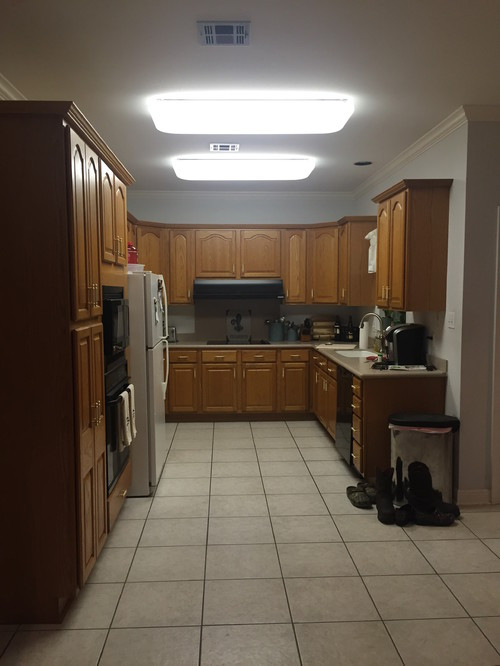









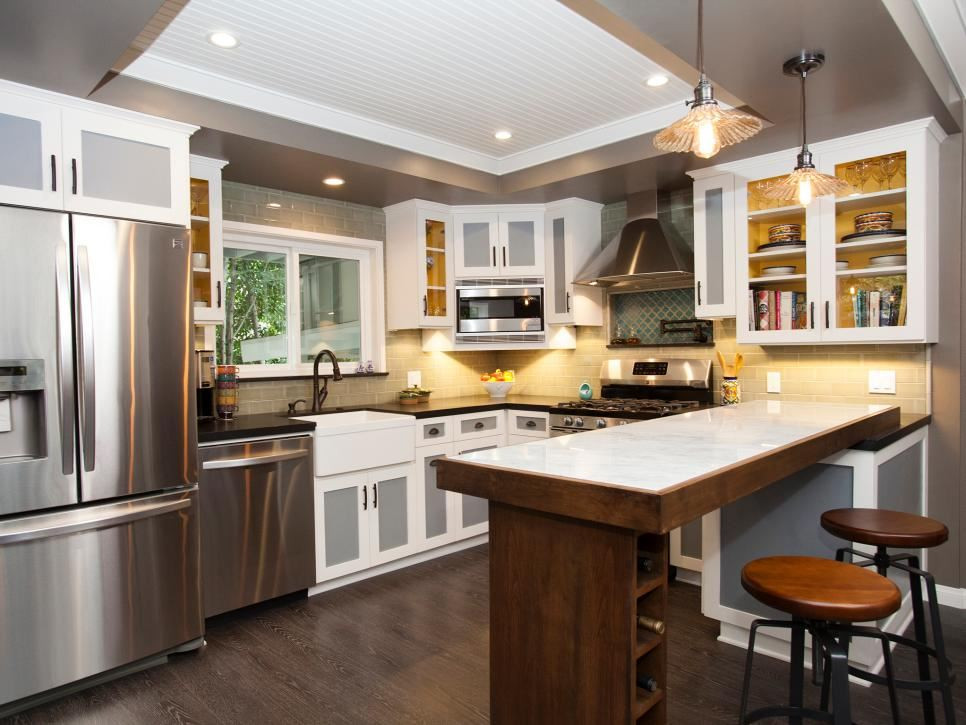




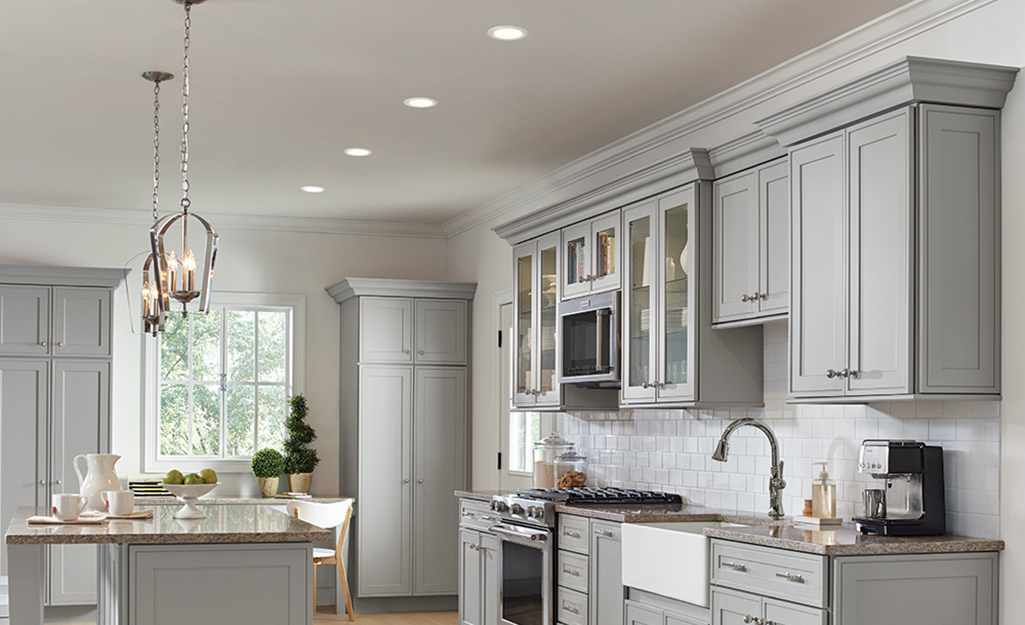



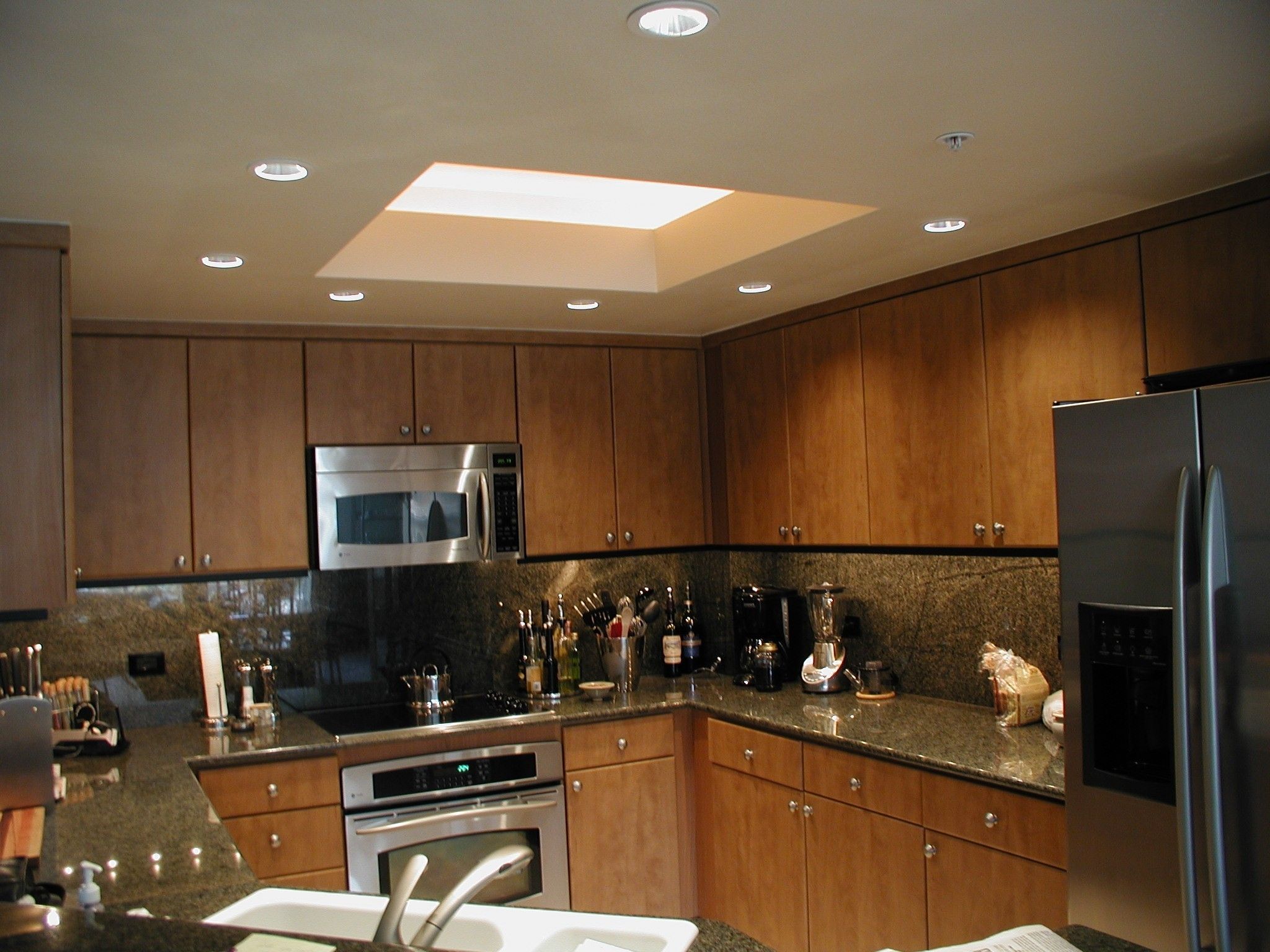

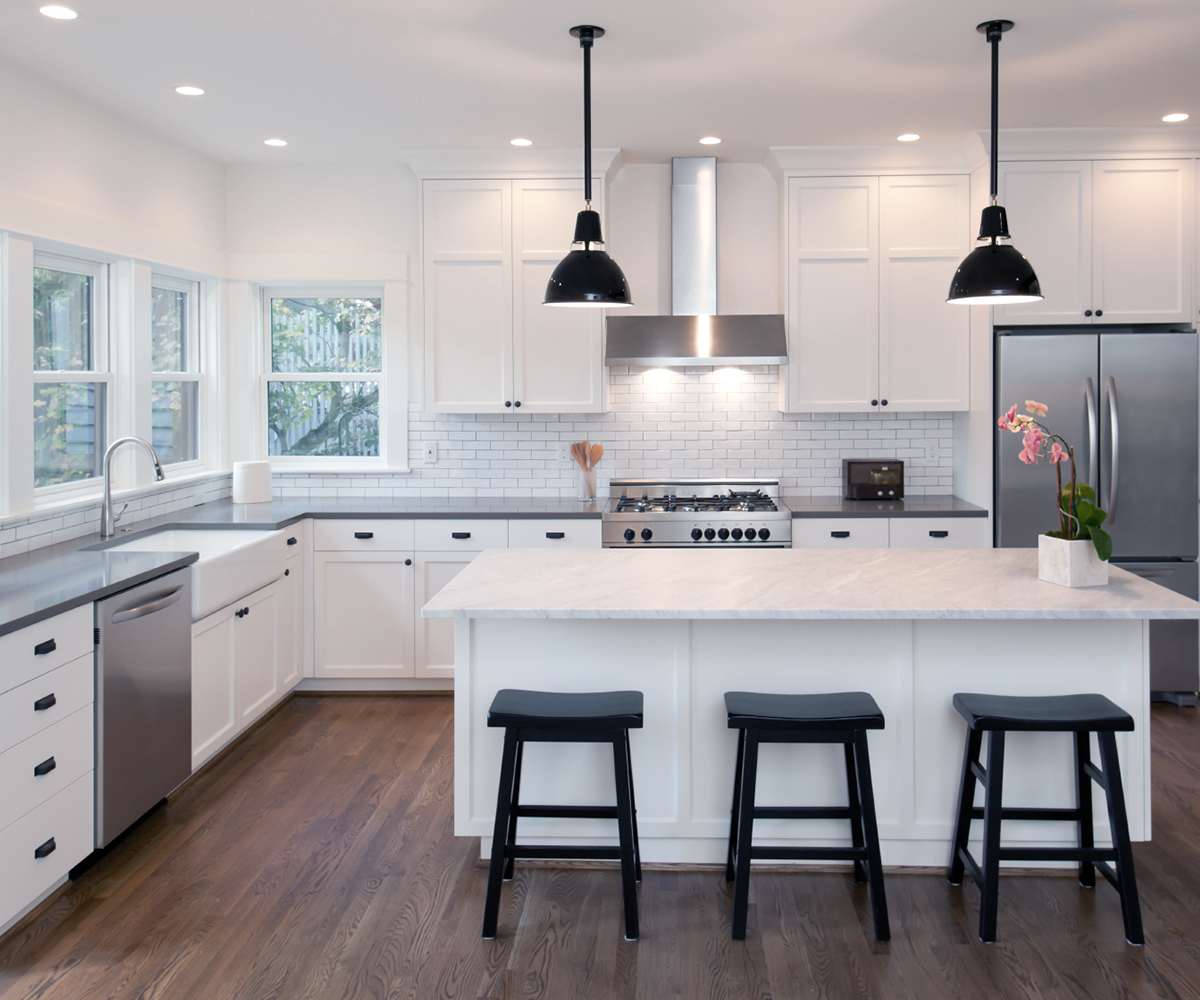



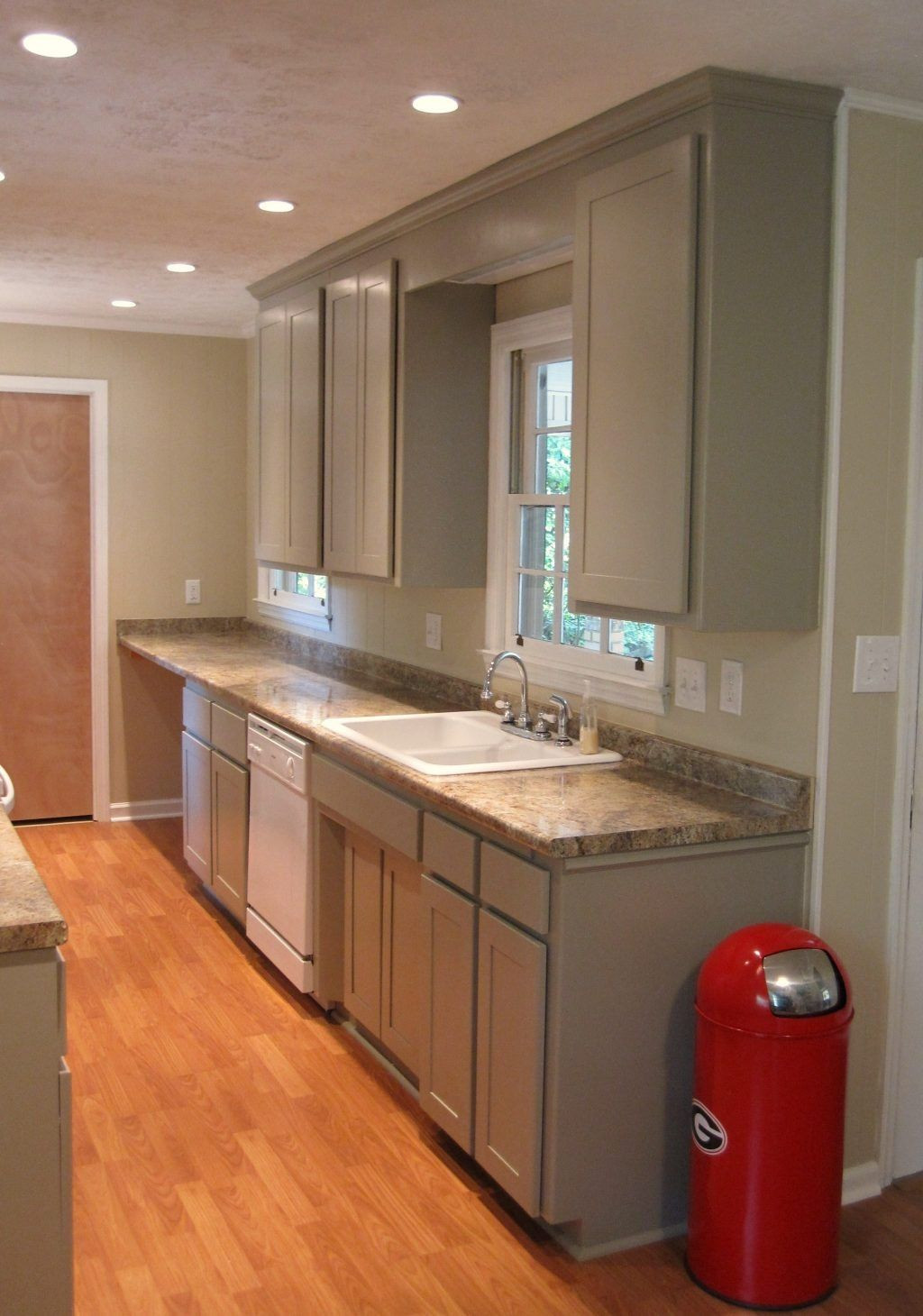



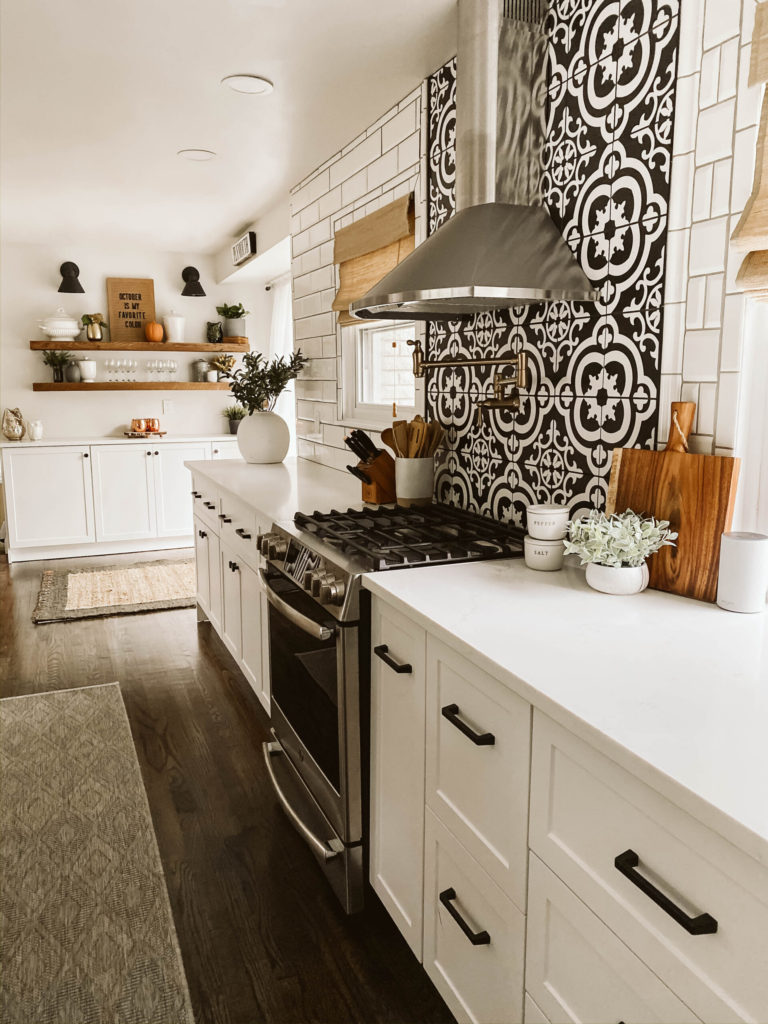
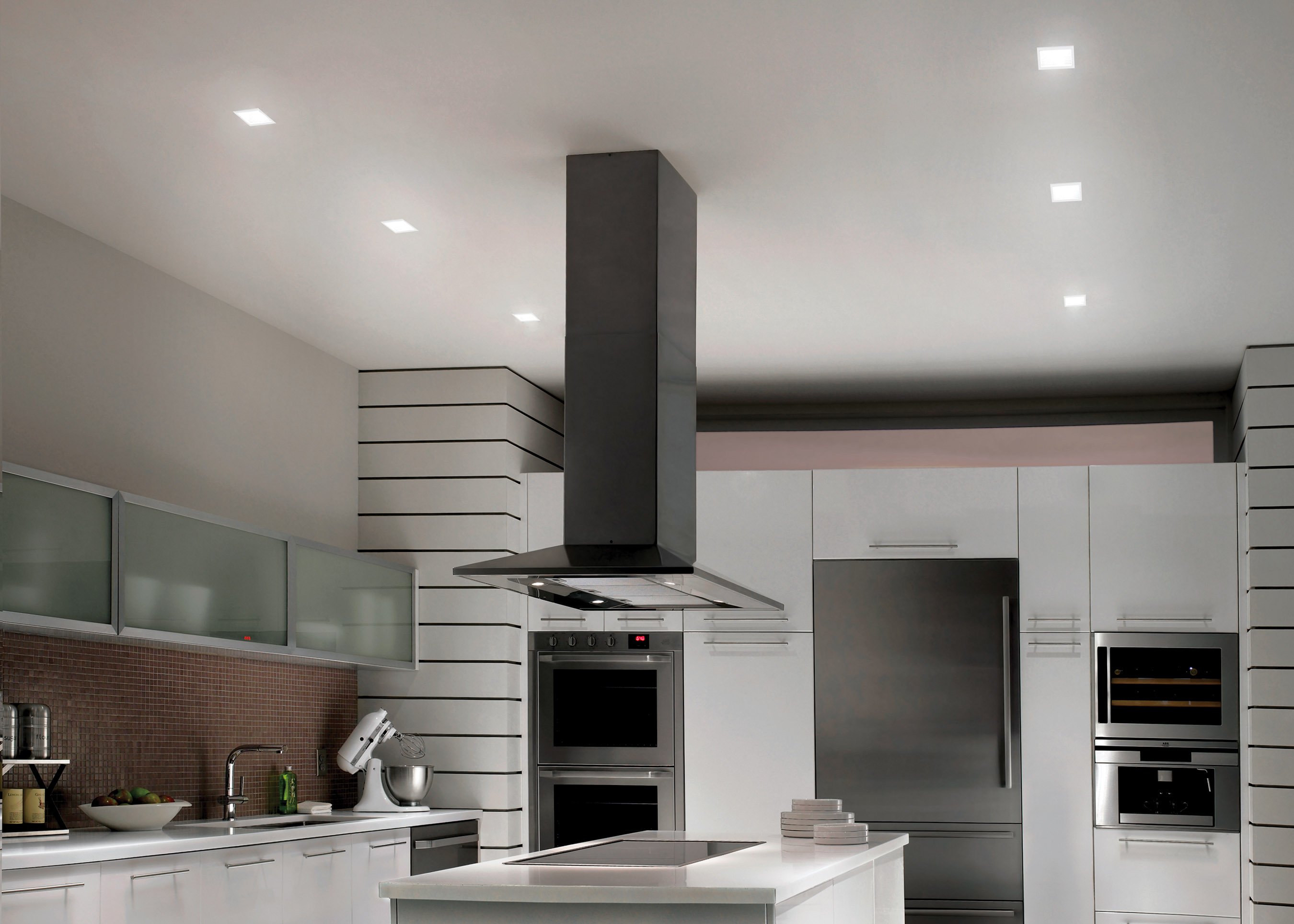

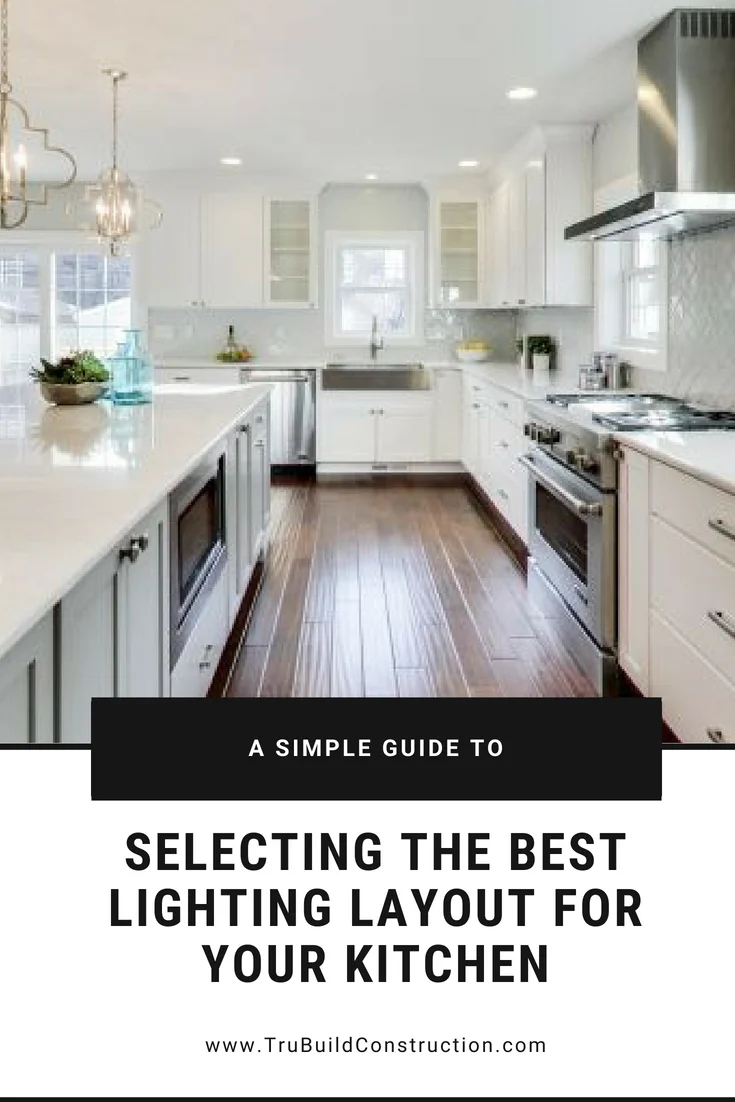
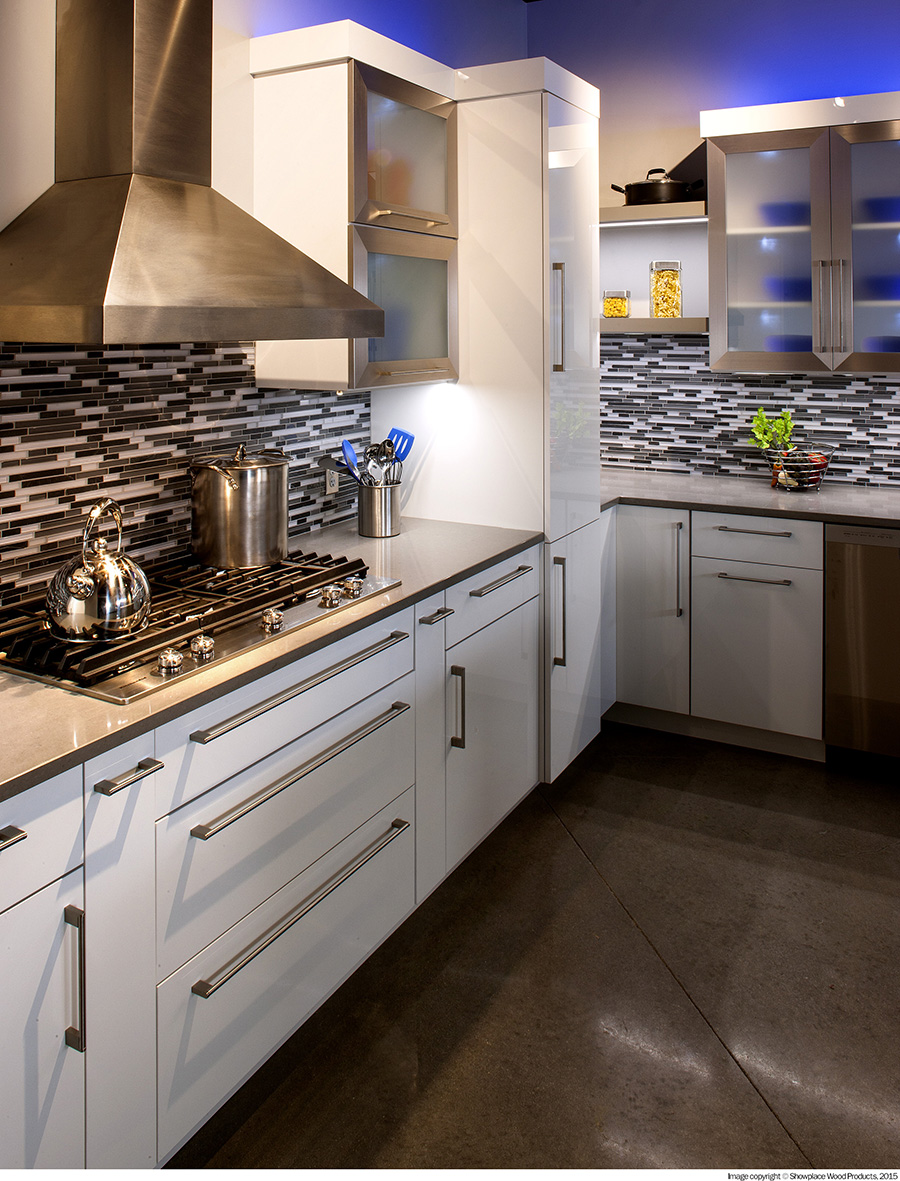


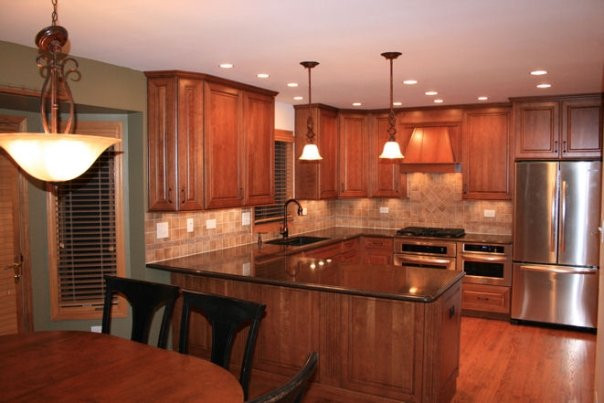



:max_bytes(150000):strip_icc()/kitchenrecessedlighting-GettyImages-155383268-dec5caad600541ff81cbdd6d06846c66.jpg)

